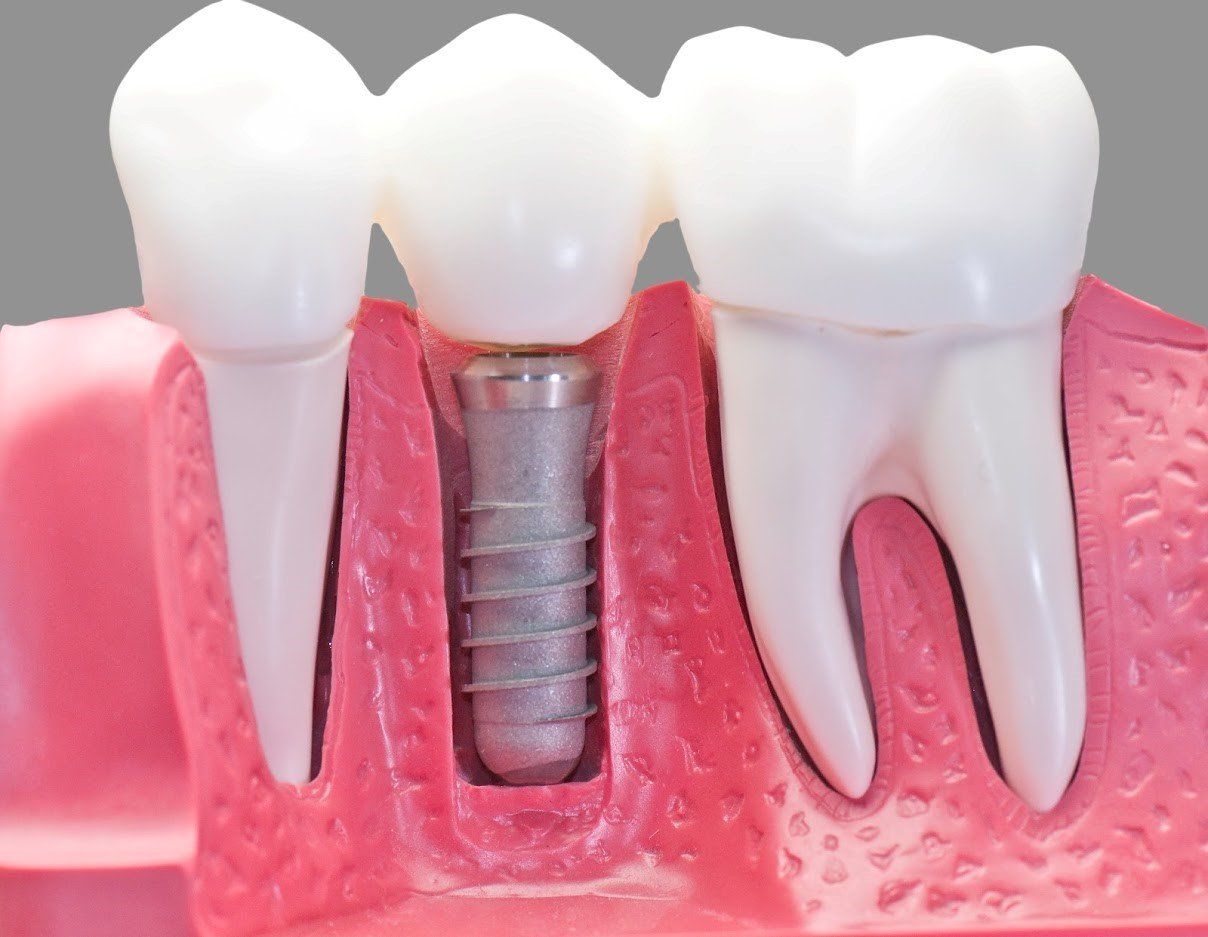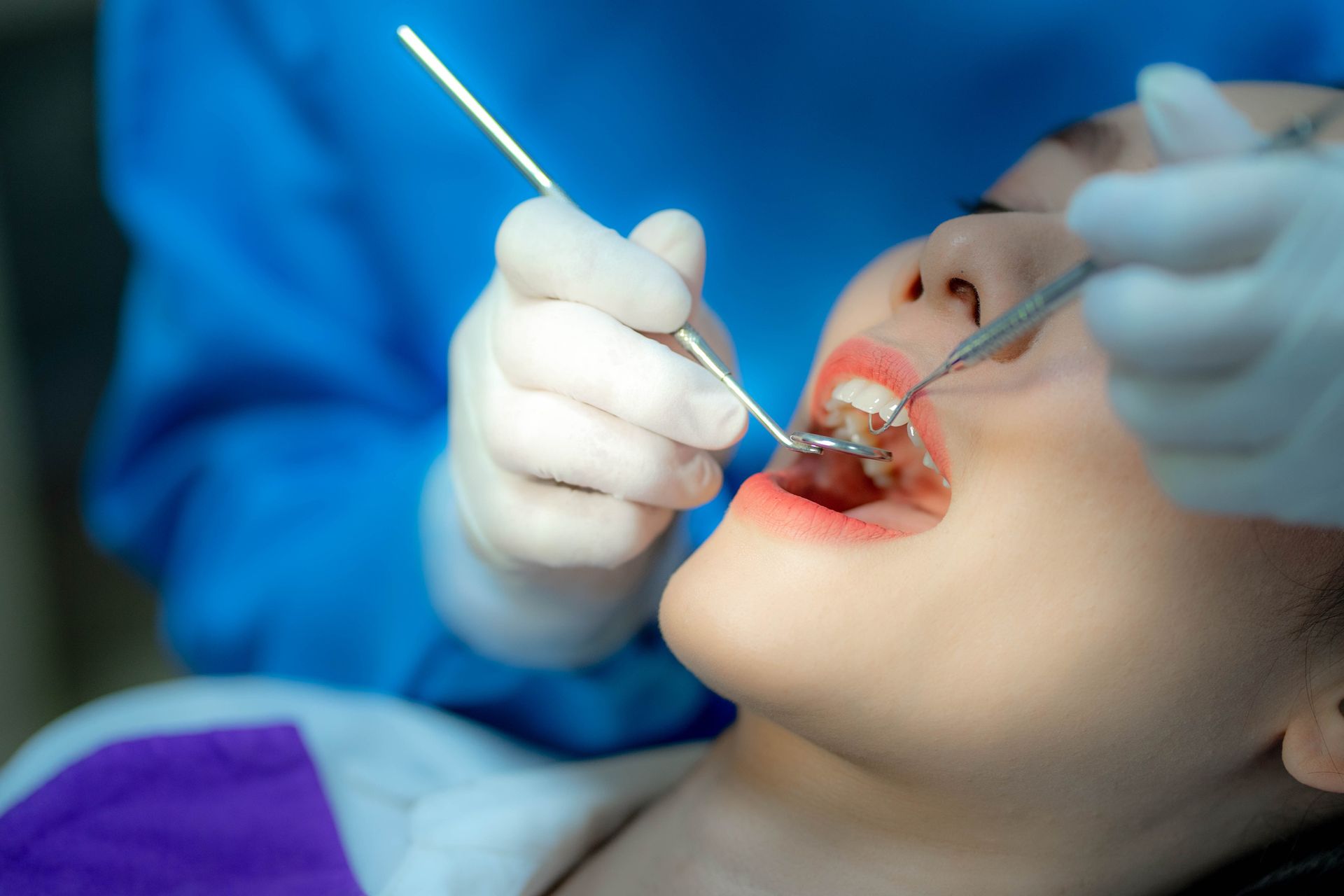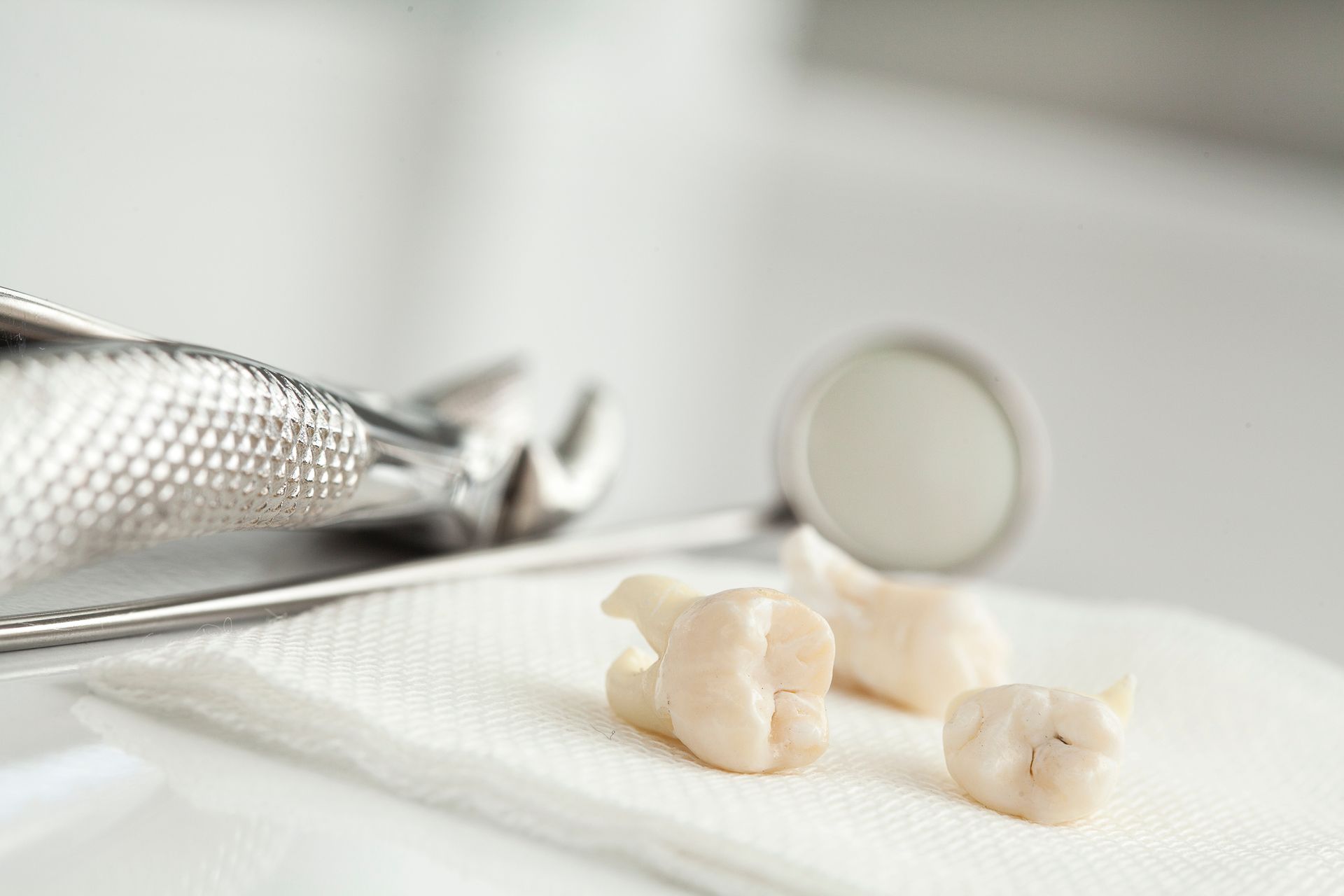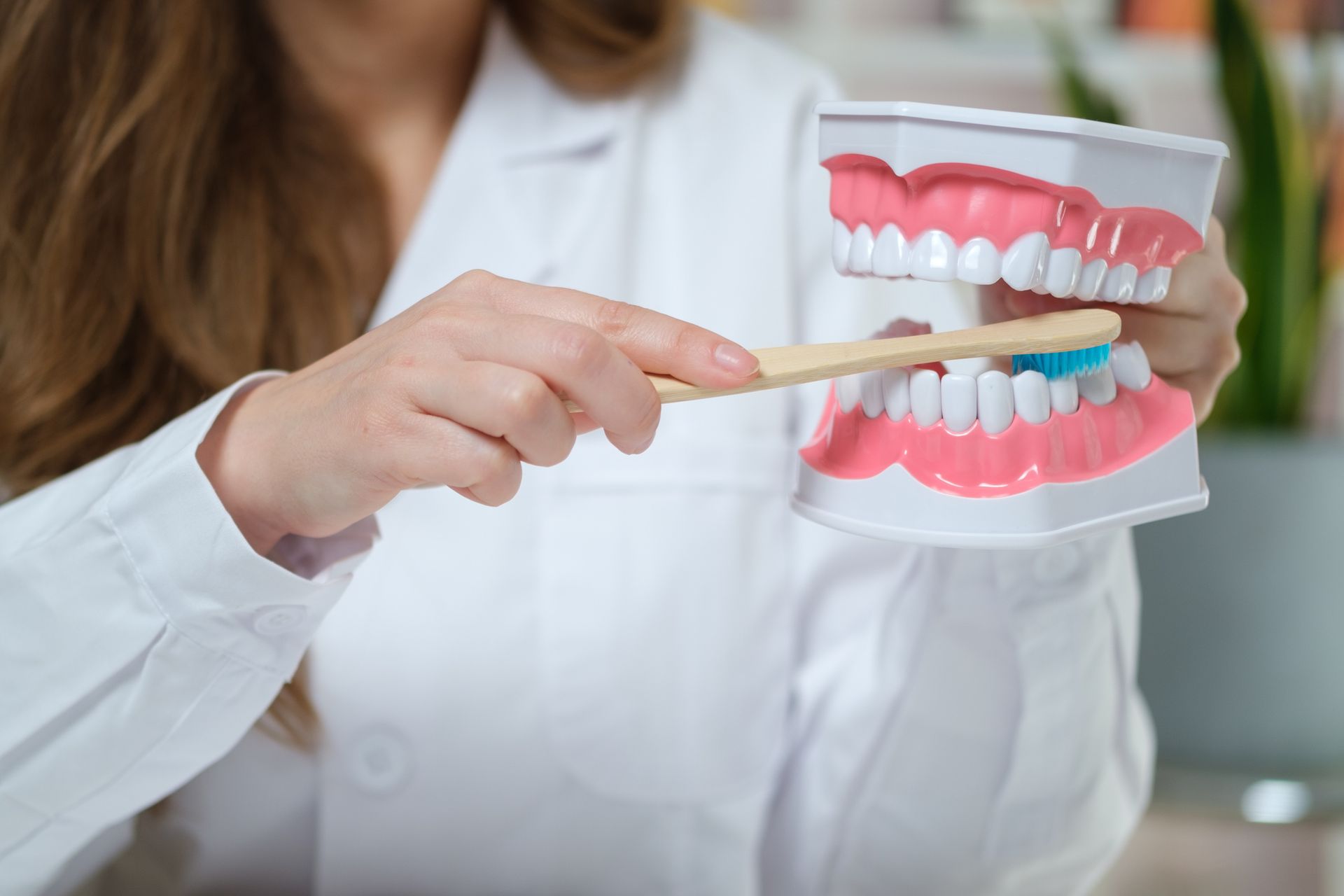6 Treatments You Sometimes Need Before Dental Implant Placement
November 14, 2020
6 Treatments You Sometimes Need Before Dental Implant Placement

If you have lost a tooth, or your teeth are in poor condition, dental implants are the ideal replacement option. In fact, dental implants are the closest thing to natural teeth that dentistry can provide. But in some cases, it is not always possible to have a dental implant placed immediately.
Because dental health issues like tooth decay or gum disease can affect other areas of the mouth too, preliminary treatment is sometimes necessary.
1. Orthodontic Treatment
When a secondary (adult) tooth erupts to replace a primary (baby) tooth, there needs to be enough space available in the jaw. Otherwise, orthodontic treatment will be necessary to open up the space. The same is true if you wait too long to replace a tooth with a dental implant.
Initially, the space remains open. But because teeth move forwards slowly over time, another tooth may soon fill the space. To open the space back up and make room for a dental implant, you may need to undergo orthodontic treatment.
2. Treatment for Gum Disease
Gum disease occurs in several stages, from mild to severe. If you suffer from early-stage gum disease, which dentists refer to as gingivitis, you can cure the problem in a short time with antibiotics and a dental cleaning to remove plaque and tartar. Once your gums have healed, your prosthodontist can place a dental implant.
When gum disease has progressed to a more serious stage, which dentists call periodontitis, you'll need more invasive treatment before you are ready for dental implants. In mild cases, a deep cleaning, followed by a healing period will be enough. But if the disease has affected your gum and bone tissue, you'll need more treatment.
3. Ridge Modification
Gum disease can affect the alveolar ridge, the bony ridge that supports the roots of your natural teeth. If this ridge is uneven due to bone resorption, your dental implants may not have enough room. An uneven alveolar ridge can make cleaning difficult too and affect the way your dental implant looks after placement.
To treat this problem, a maxillofacial surgeon uses a bone graft to bolster the ridge. Once healed, in several months, your surgeon can then place the dental implant.
4. Bone Grafting
Similar to ridge modification, bone grafting adds bone to your jawbone in the area of the missing tooth. This operation is usually necessary when a patient waits too long to replace a tooth with a dental implant. The human body absorbs the bone that used to support the missing tooth. This leaves insufficient bone density for the dental implant.
After a healing period, your bone graft will heal, allowing for the placement of the dental implant.
5. Gum Grafting
Gum disease and trauma can cause gum tissue to recede. Just as with bone, enough gum tissue needs to be available to support a dental implant. Otherwise, the titanium post of the implant may show after the implant is in position. A dental surgeon can perform a gum graft immediately after the extraction of a damaged tooth in preparation for a dental implant.
6. Sinus Lift
The roots of the premolars and molars are very close to the sinus cavity. This means that if bone loss occurs in the upper jawbone, the space between the sinus cavity and oral cavity decreases drastically. This leaves very little room for a dental implant. Before a surgeon can place a dental implant then, they need to perform a sinus lift by adding bone to the upper jaw.
If you are looking to restore your smile with dental implants, and you live in San Diego, CA, contact the San Diego Center for Oral and Maxillofacial Surgery today. With the right treatment, you can restore the functionality and aesthetics of your smile for years to come.










